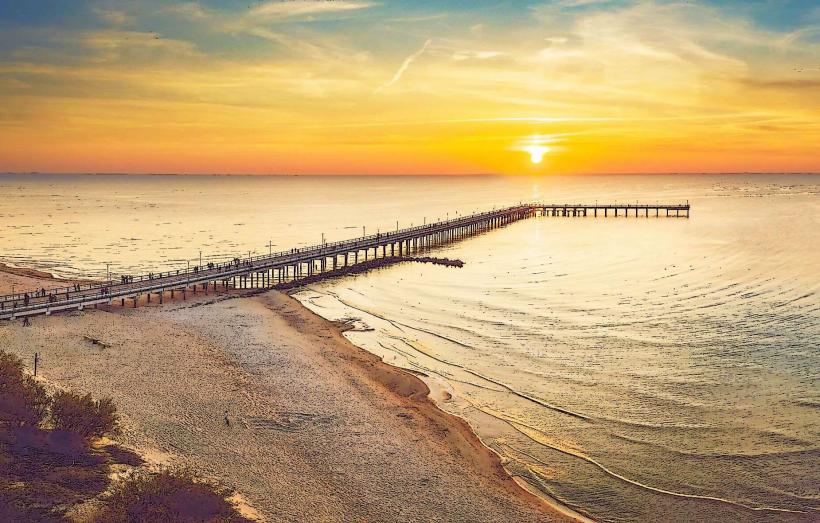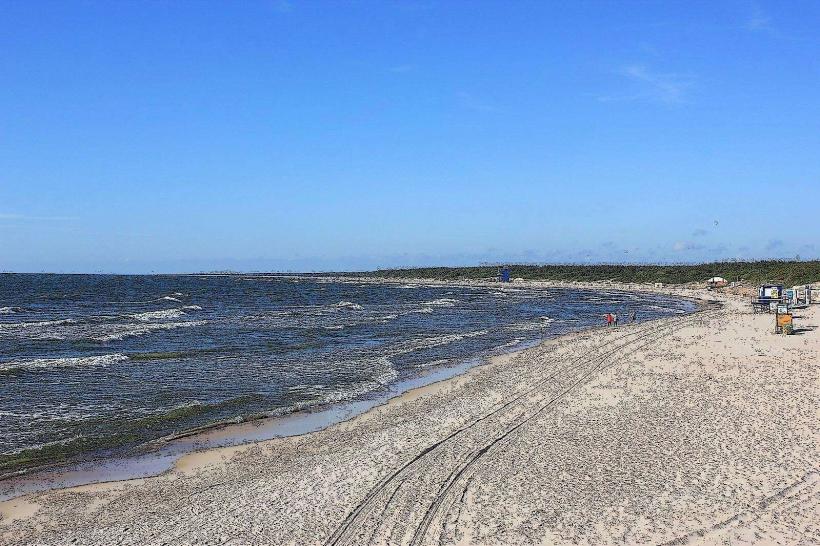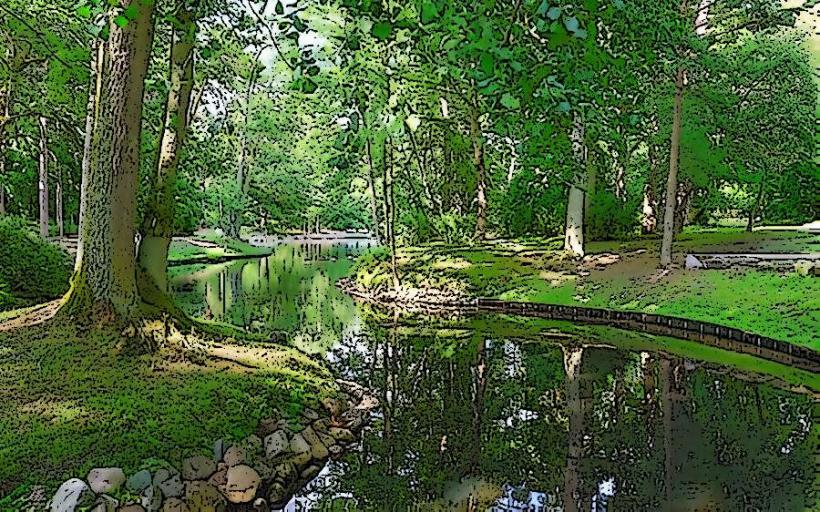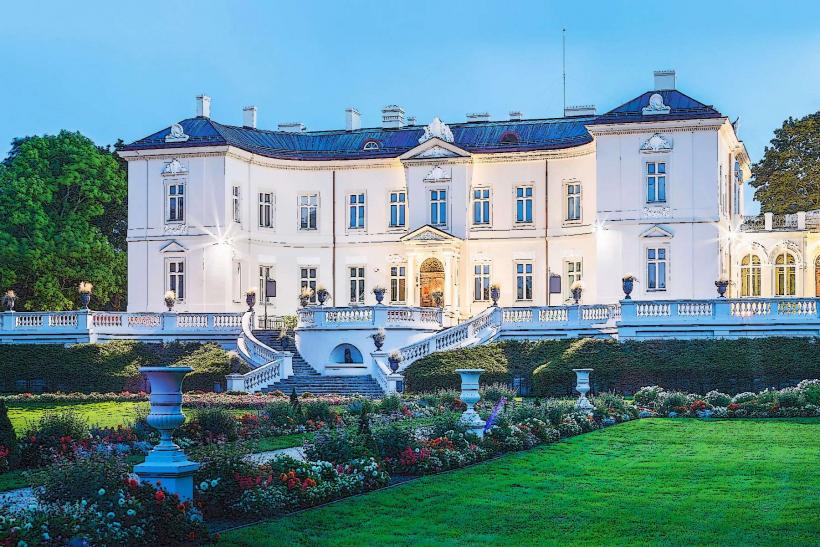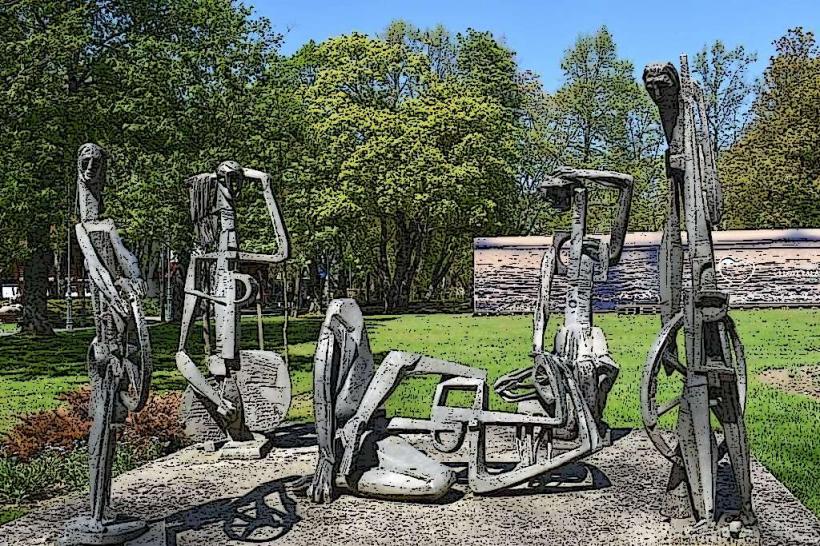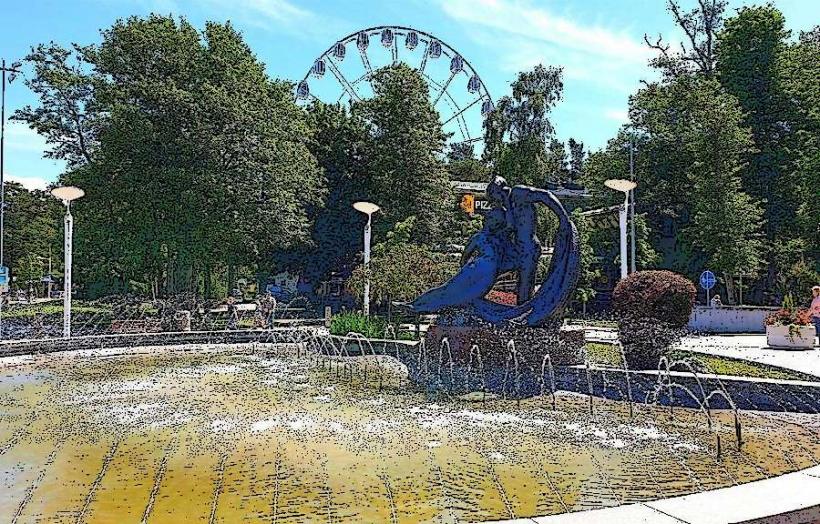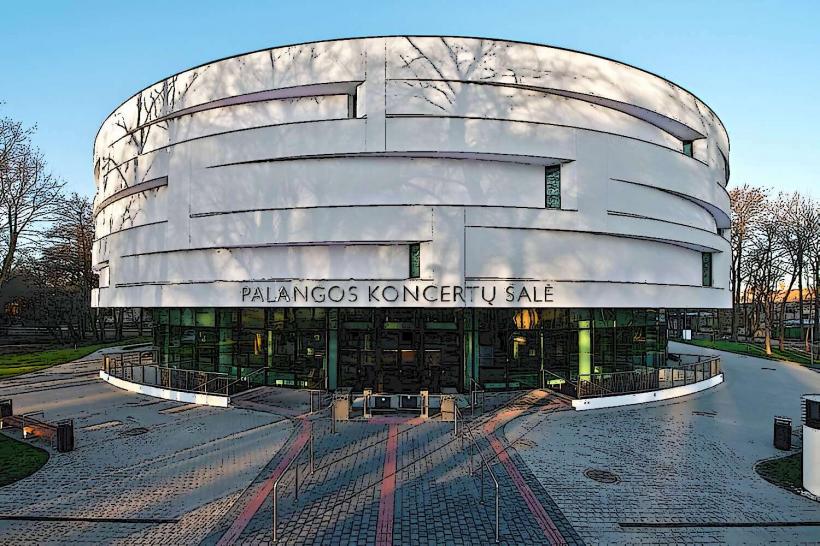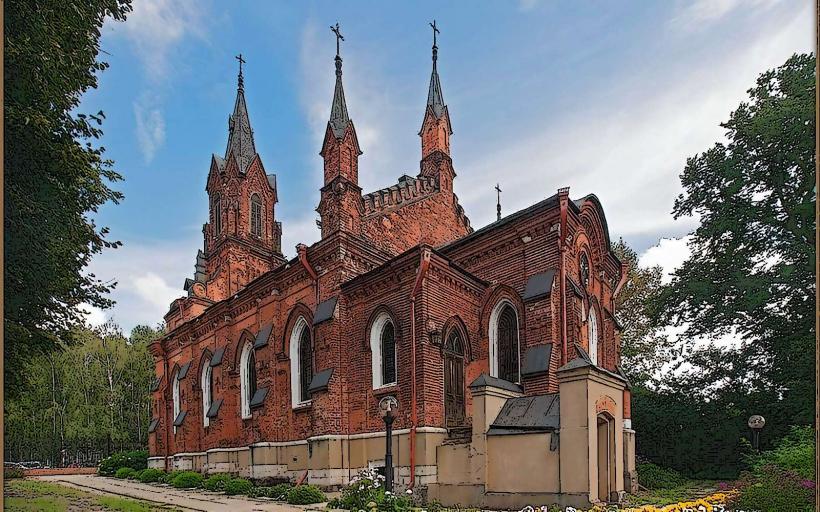Information
City: PalangaCountry: Lithuania
Continent: Europe
Palanga is a popular seaside resort town located on the western coast of Lithuania, along the Baltic Sea. It is one of the most famous tourist destinations in the country, known for its beautiful sandy beaches, vibrant nightlife, cultural attractions, and the relaxing atmosphere it offers. Palanga attracts both local and international visitors, especially in the summer months.
Geography and Setting
- Location: Palanga is situated approximately 25 kilometers (15 miles) from the city of Klaipėda and 300 kilometers (186 miles) from Vilnius, the capital of Lithuania. It is part of the Klaipėda County and lies on the Baltic Sea coast.
- Climate: The climate in Palanga is classified as oceanic, with mild winters and cool summers. Winter temperatures typically hover around 0°C (32°F), while summers are usually moderate, with temperatures ranging from 20°C to 25°C (68°F to 77°F). The proximity to the sea also means the weather can be more temperate compared to inland areas of Lithuania.
History and Significance
- Early History: Palanga's history dates back to ancient times, with archaeological evidence suggesting that the area was inhabited by the Balts long before the establishment of the Lithuanian state. The town was first mentioned in written sources in the 13th century.
- Development as a Resort: In the 19th century, Palanga started developing as a seaside resort for the Baltic aristocracy and wealthy visitors. This transformation was due to its idyllic coastal location and the creation of the Palanga Pier in 1897.
- Soviet Era: During the Soviet occupation, Palanga was a popular vacation spot for Soviet citizens, and many new hotels and facilities were built to cater to the influx of tourists. The town remained a popular resort destination even after Lithuania regained independence in 1990.
- Modern Day: Today, Palanga is a thriving tourist destination, attracting thousands of visitors each year. It continues to be a cultural and leisure hub, with a mix of historical charm and modern entertainment.
Key Attractions
Palanga Beach:
- Palanga’s main attraction is its beautiful sandy beach, stretching for several kilometers along the Baltic Sea. The beach is well-maintained, with clear waters and fine sand, making it an ideal location for swimming, sunbathing, and various water sports. During the summer, the beach becomes lively, with visitors enjoying the warm weather.
Palanga Pier:
- The Palanga Pier, built in 1897, is one of the most iconic landmarks of the town. It extends into the Baltic Sea and provides a picturesque spot for walks, fishing, and enjoying the sea breeze. The pier is particularly popular at sunset, offering stunning views over the sea and the coastline.
Palanga Botanical Park:
- The Palanga Botanical Park, established in the 19th century, is a vast green space with beautifully landscaped gardens. The park is home to a variety of plants, trees, and flowers, making it a perfect spot for a relaxing stroll. The park is also home to the Palanga Amber Museum, located in the former Tiskeviciai Manor, which showcases an impressive collection of amber artifacts.
Palanga Amber Museum:
- Located in the Palanga Botanical Park, the Amber Museum is dedicated to the history and significance of amber, which has been an important part of Lithuania's cultural and natural heritage for centuries. The museum displays various amber pieces, including jewelry, sculptures, and prehistoric fossils. Visitors can learn about the Baltic amber trade and its historical importance.
J. Basanavičiaus Street:
- This lively street runs through the heart of Palanga and is lined with restaurants, cafes, bars, and shops. It is the center of the town’s nightlife, especially during the summer months. The street is also home to various cultural events, live music performances, and street markets.
Birutė Hill and Birutė’s Park:
- Birutė Hill is an important historical and archaeological site in Palanga. From the hill, visitors can enjoy panoramic views of the town and the Baltic coastline. The hill is home to the Birutė’s Park, which is associated with the legend of Princess Birutė, and the site has historical significance for the local Pagan and Lithuanian heritage.
Museum of Palanga History:
- The Museum of Palanga History is located in the Tiskeviciai Palace and offers insights into the history and development of the town, from its early origins to its transformation into a resort destination. The museum includes artifacts, photos, and exhibitions that highlight Palanga’s cultural and social life through the centuries.
Palanga Sculpture Park:
- The Sculpture Park is located near the Palanga Botanical Park and features numerous works by Lithuanian sculptors. The park combines art with nature, and it’s a great place to walk around, enjoy sculptures, and take photos amidst the greenery.
Palanga Cycling Paths:
- For those looking to explore the area on two wheels, Palanga offers a network of cycling paths that run through the town and its surrounding areas. The cycling routes connect major attractions and offer a scenic way to enjoy the natural beauty of the region.
Culture and Lifestyle
- Vibrant Tourist Destination: Palanga is known for its vibrant tourist scene, especially in the summer. It attracts visitors for its lively atmosphere, beautiful beaches, and wealth of cultural and leisure activities. The town is a hub for Lithuanian vacationers, but it also draws international tourists, particularly from neighboring countries like Latvia and Poland.
- Local Events and Festivals: Throughout the year, Palanga hosts various festivals, including music, dance, and art events. The Palanga International Festival and the Sea Festival are among the most popular, drawing crowds to the town for concerts, performances, and cultural exhibitions.
Cuisine
- Traditional Lithuanian Cuisine: Palanga offers a variety of Lithuanian dishes, particularly seafood, given its coastal location. Visitors can enjoy fresh fish, particularly smoked salmon, herring, and other Baltic specialties. Cepelinai (potato dumplings), kugelis (potato pudding), and šaltibarščiai (cold beet soup) are also common dishes in local restaurants.
- Seafood Restaurants: Many of Palanga’s seaside restaurants specialize in seafood, offering a variety of dishes made from freshly caught fish and shellfish. Outdoor cafes and terraces along the beach provide a relaxed atmosphere for enjoying a meal with a view.
Outdoor Activities
- Beach Activities: The main draw of Palanga is its long stretch of sandy beach, where visitors can engage in various water sports, including kite surfing, wind surfing, and kayaking. The beach is also a great spot for sunbathing, swimming, and leisurely walks along the shoreline.
- Cycling and Hiking: The surrounding forests and coastal areas offer opportunities for cycling and hiking. There are several designated paths that lead to scenic spots along the coast and through the lush landscapes surrounding Palanga.
- Water Sports: In addition to beach activities, visitors can try yachting and sailing in the nearby Baltic Sea.
Transportation
- By Car: Palanga is easily accessible by road from major Lithuanian cities, including Vilnius and Klaipėda, via the A13 and A1 highways. The drive from Vilnius to Palanga takes around 4 hours, while from Klaipėda, it is about 30 minutes.
- By Bus: The Palanga Bus Station connects the town to various cities in Lithuania and neighboring countries, including Klaipėda, Vilnius, and Riga (Latvia).
- By Air: Palanga International Airport is located about 7 kilometers (4 miles) from the town center. The airport offers flights to and from several European destinations, particularly during the summer months.
Atmosphere
- Resort Vibe: Palanga has a relaxed, resort-town atmosphere, with a focus on leisure and recreation. It is known for its lively, yet laid-back vibe, especially during the summer months when the town comes alive with tourists. The presence of green spaces, beaches, and historical sites gives the town a unique charm.
- Seaside Charm: With its beautiful beaches, charming old town, and lively promenades, Palanga offers a perfect blend of relaxation, nature, and culture. Whether you're looking to enjoy the beach, explore local history, or enjoy vibrant nightlife, Palanga has something to offer everyone.
In summary, Palanga is a beautiful seaside resort town that combines natural beauty, cultural attractions, and a vibrant tourist scene. With its stunning beaches, historic sites, lively atmosphere, and variety of outdoor activities, it offers an ideal getaway for those seeking relaxation, adventure, or cultural experiences in Lithuania.

